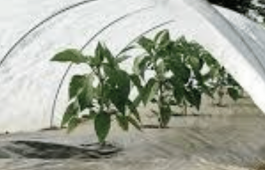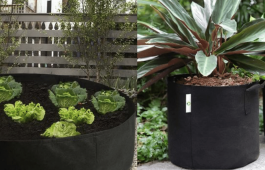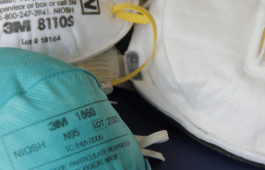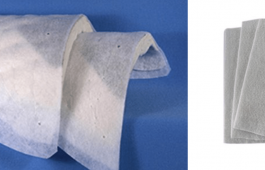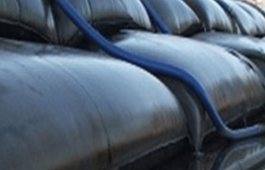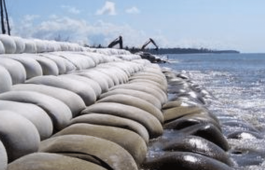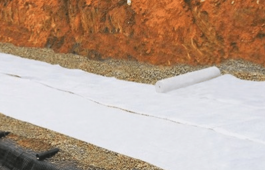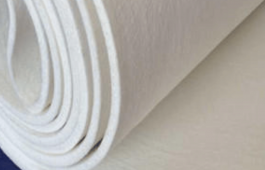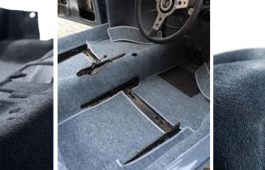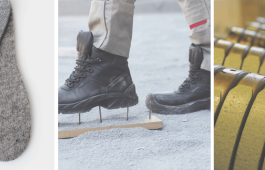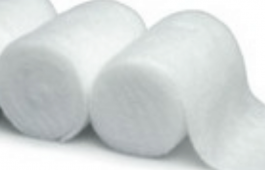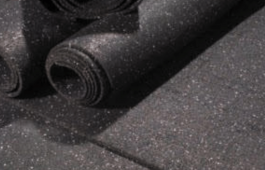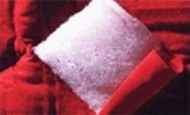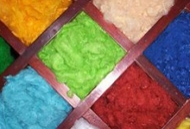Our Nonwoven fabrics are manufactured from Staple fibres, bonded together by mechanical, chemical, heat treatment. Fabrics are engineered fabrics as per required applications such as absorbency, liquid repellence, resilience, stretch, softness, strength, flame retardancy, washability, cushioning, filtering, use as a bacterial barrier and sterility. These properties are often combined to create fabrics suited for specific jobs, while achieving a good balance between product use-life and cost. The fibres normally processed are:
- Polyster
- Polypropylene
- Viscose
- Some Natural Fibres
- Fabric Width Range – 1000mm (1.0 mtr) to 6500mm (6.5 mtr.)
- GSM Range 40 gsm to 1000 gsm
Needle Punching: Needled punching depend on the precise action of thousands of barbed needles to physically interlock cross-lapped layers of well blended and carded fibers to create materials with particular properties. The needlepunching process involves the use of barbed needles which penetrate the fibrous web driving and facilitate the entanglement process. As this process continues, generally from both sides, the web consolidates and becomes highly densified. Nonwovens that are bonded using this process alone are usually characterised by their high strength and high elongation at break.
Chemical and Thermal Bonding: With chemical bonding, the fibers are processed into a web or fabric, the material is saturated in a chemical bath and then dried and heat-cured. Thermo bonding may be used to further adhere fibers that have been processed into a web or fabric by adding heat and pressure, creating a unique bond throughout the textile.
The colour of the finished material is determined by the fibre used. The carding process involves the working of the fibres over large cylinders wrapped in a toothed wire, the purpose of which is to disentangle and mix fibres to form a homologous web of uniform weight per unit area. This is achieved through a series of fibre opening and layering actions accomplished by the interaction of each of the toothed rollers.
The fibrous web is then transferred from side to side on to a lower conveyor which runs perpendicular to the infeed. This layering of the carded web allows for finished fabrics of varying weights and widths to be produced. As a standard Geofabrics can produce from 200gsm to over 2000gsm. Heavier nonwovens can be supplied using our heat lamination process.
Geofabrics’ nonwovens are then bonded mechanically using a needlepunching process so that entanglement of the constituent fibres occurs and is carried out to such an extent that fabric integrity results from the interlocking. The major bonding in systems of these types is friction.
Geofabrics are able to supply finished materials at up to 7 metres wide.





